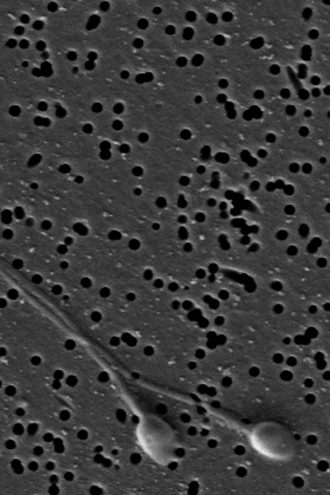Humans and nonhuman primates have a high degree of biological similarity, providing researchers with incomparable opportunities to study human diseases and disorders. The animal models living within our colony are a unique resource for translational research that can have an incredible impact on human health.
All our animals have extensive veterinary records and have participated in a BioBehavioral Assessment (BBA) that established baseline evaluation of behavior and physiology at six months of age. We have been performing these assessments for decades and in most cases, know an animal’s pedigree nine generations deep.
Research Models for Aging
The CNPRC has maintained a colony of aged rhesus macaques for over 35 years. The majority of this colony is composed of retired breeders that are research naive. As part of the breeding colony, this population has pedigree data determined by genetic analysis going back nine generations.
This unique research resource is an essential component of the CNPRC focus on lifespan research starting with the fetus in gestation to the geriatric adult. Research programs using the aged rhesus population range across all four of the CNPRC research units and include studies in:
- Cognition
- Alzheimer’s Disease
- Immune senescence
- Ophthalmology and age-related retinal disorders
- Menopause
- Respiratory biology and age-related respiratory disorders
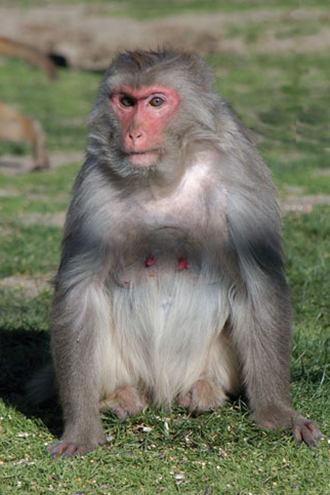
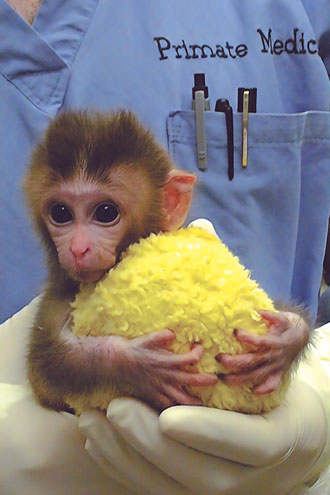
Research Models for Neurodevelopment
The CNPRC’s large colony of domestically bred rhesus macaques includes a breeding colony of socially housed monkeys and a timed-mating program. This unique resources provides an invaluable tool to study complex human neurodevelopmental and neuropsychiatric disorders, including autism and schizophrenia. It has also enhanced the study of certain infectious diseases, like Zika, that affect developmental neuropathology.
Assessments of social and cognitive development designed to maximize translational potential are used to evaluate the validity of our nonhuman primate models. Examples of developmental testing batteries include:
- Developmental milestones and biobehavioral assessments
- Qualification of social development in rearing groups
- Quantification of mother-infant interactions
- Quantification of peer social interactions
- Processing of social stimuli using eye tracking technology
This rigorous behavioral assessment is just one of the many ways the CNPRC seeks to maximize the translational power of our nonhuman primate models for neurodevelopment. These assessments are enhanced by an established battery of biomarkers used to directly compare primate models with human diseases. High-powered qualitative microscopic approaches are also used to characterize developmental neuropathology.
Research Models for Neurobiology
The CNPRC’s large geriatric population provides an opportunity to study cognitive function in an older population. Just as cognitive decline is frequently a feature of human aging, aged rhesus macaques demonstrate robust changes in cognition and memory that can be evaluated pre and post drug treatment. Our greatest example of this is a model for Alzheimer’s Disease Pathology.
Aged animals are tested by research staff with decades of experience in behavioral testing, with batteries including:
- Delayed non-matching to sample
- Delayed response
- Affective behavior
In addition to rigorous behavioral assessment, the CNPRC has established a battery of biomarkers that can be used to assess physiological endpoints in therapeutic trials. These biomarkers combined with behavioral measures can identify treatment effects associated with novel compounds.
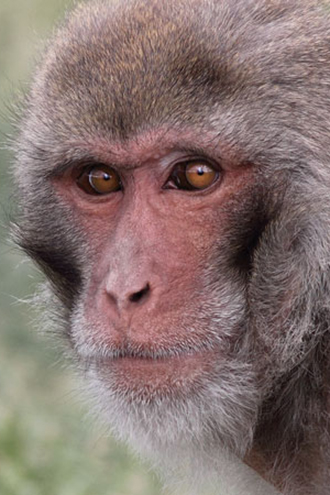
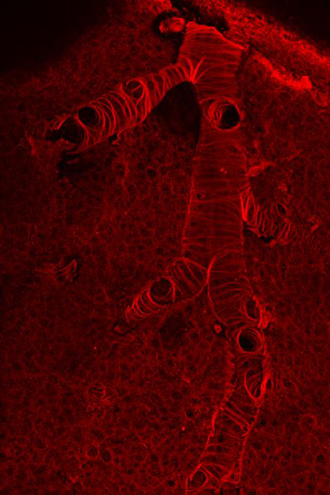
Research Models for Respiratory Biology and Disease
The CNPRC has been a leader in understanding nonhuman primate lung biology and respiratory disease for more than 30 years. It has the distinction of being the only NIH supported National Primate Research Center with a Respiratory Diseases research unit and scientific expertise in airway immunity, environmental air pollutants, lung physiology, and asthma.
A full suite of physiological endpoints is available to longitudinally assess inhalational safety, therapeutic efficacy, and disease development. We also have advanced inhalation exposure capabilities, including a range of aerosol administration modalities. Both nonhuman primate and rodent models of respiratory disease are supported by our facility.
Examples of Nonhuman Primate Models for Respiratory Biology and Disease include:
- Adult and childhood asthma (Th2 high and Th2 low asthma phenotypes)
- Tobacco and e-cigarette exposures/COPD
- H1N1 influenza infection
- Pulmonary fibrosis
- Wildfire smoke health outcomes
Research Models for Infectious Disease
The CNPRC’s large colony of domestically bred rhesus macaques allows us to study infectious disease across the complete lifespan, from gestation to geriatric. Preclinical research performed in nonhuman primates provides the crucial proof-of-concept and scientific foundation to test new strategies in human clinical trials. This is extremely important in the study of pharmacology and therapeutics during pregnancy, infancy, and throughout childhood.
Basic and translational research in infectious diseases is integrated and synergistic with other research areas (including immunology, pharmacology, pathology, biology, neuroscience) at the CNPRC, the UC Davis School of Medicine, the UC Davis School of Veterinary Medicine and other institutions. The CNPRC has a proven track-record of R&D partnerships with biotech and pharmaceutical companies to help move novel products through the pipeline of drug development towards clinical trials and approval. These preclinical studies can be performed under GLP protocols.
Examples of Nonhuman Primate Models for Infectious Disease include:
- HIV/AIDS
- Cytomegalovirus (CMV)
- Measles
- Influenza
- Herpes simplex virus (HSV)
- Helicobacter pylori
- Zika virus

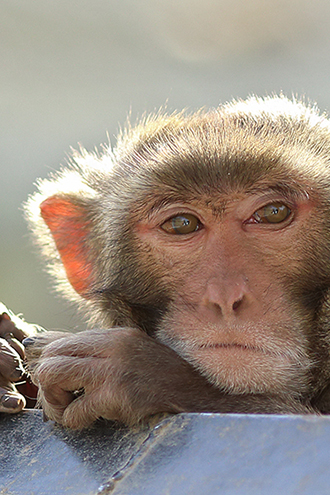
Research Models for Psychological Disorders
Mood disorders constitute major threats to well-being in all human populations, and are often seen in conjunction with experience of stressors such as interpersonal conflict, economic hardship, and social loss and isolation (e.g., loneliness). The CNPRC’s unique BioBehavioral Assessment (BBA) program, an assessment performed in infancy for a variety of biobehavioral measures, helps scientists identify naturally occurring psychological disorders within the colony as well as those who are most at-risk for developing certain behaviors in adulthood.
Through regular behavioral testing and analysis of biomarkers, CNPRC scientists are able to study psychological disorders, their causes, triggers, affects and treatments.
Examples of Nonhuman Primate Models for Psychological Disorder include:
- Anxiety
- Depression
- Schizophrenia
- Loneliness
- Social Stress
Research Models for Reproduction
Nonhuman primates and humans share many reproductive and developmental features that emphasize their importance as translational models. The unique expertise of scientists at the CNPRC provides a means to address research questions associated with all developmental stages (embryo, fetus, newborn, infant), juveniles; young adults; premenopausal/transitional reproductive stages; and advanced geriatrics.
The CNPRC’s reproductive scientists converge on studies focused on early onset disease; regenerative medicine and gene therapy; lifespan health – from the earliest developmental stages to aging populations; in vivo imaging technologies for precision medicine; and preclinical and investigational new drug (IND)-enabling studies for clinical translation.
Examples of Nonhuman Primate Models for Reproduction include:
- Viral teratogens
- Environmental agents
- Role of the immune system
- Stem cell transplantation
- Tissue engineering
- Gene-editing
- Reproductive toxicology
